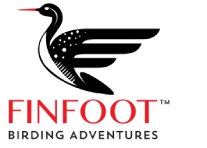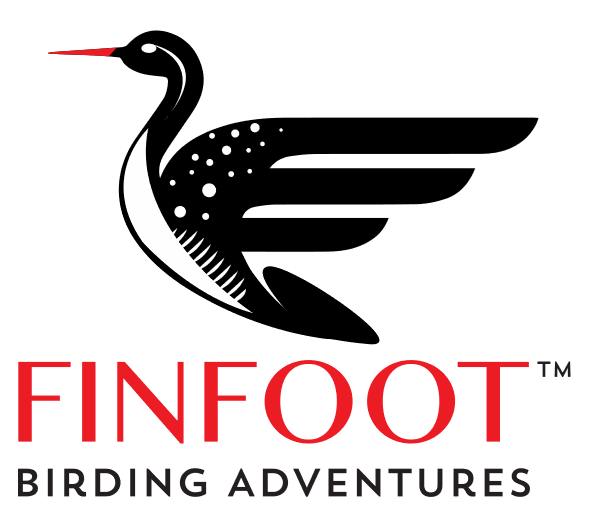A Brief Introduction To The Gambia For Bird Watchers
Background
The Gambia offers great chances for birdwatching and photography. This small country is about 200 miles long and 30 miles wide, home to over 600 bird species, all within easy reach.
Birdwatching is generally simple, featuring unique birds like the Egyptian Plover, White-backed Night-heron, Abyssinian, and Blue-bellied Rollers.
You’ll also find common African species including the African Fish-eagle, Black and Goliath Herons, Red-throated and Swallow-tailed Bee-eaters, and Yellow-crowned Gonolek. While few wild animals live here, you might see Nile Crocodiles, Hippopotamuses, Guinea Baboons, and Red Colobus Monkeys. Sadly, these animals face pressure from human and pet populations.
Gambia or The Gambia?
You may wonder about the name of the country. The Gambia was first named by the Portuguese after the River Gambia.
When the British arrived, they adopted this name too. In 1963, just before gaining independence from Britain, the Prime Minister requested to keep the name “The Gambia” to avoid confusion with Zambia, which was also becoming independent.
Climate
The Gambia has a sub-tropical climate with sunshine year-round. Average temperatures range from 23°C to 34°C. There are two seasons: a long dry season (November to May) and a short wet season (June to October), with the heaviest rains in August and September. Swimming is enjoyable with an average water temperature of 24°C.
Landscape and Habitat
The Gambia features five main habitat types:
Coast and inshore waters
Lower River wetlands
Central and Upper River wetlands
Savanna and upland arable areas
Lowland and riverine forest
The main landscape includes Guinea woodland savannah and Sahelian scrub, with mangroves found around the estuary and along the River Gambia’s banks.
Before independence, The Gambia had dense forests. However, since the early 1950s, due to a rising population and unsustainable practices like excessive wood extraction and agriculture, only small areas of primary forest remain.
These areas have also changed through natural regeneration, resulting in thinner forests with less growth and lower plant diversity.
Culture, Language and Religion
Many Gambians speak multiple languages, using tribal languages to communicate. Most are educated in English. The Gambia is known for its friendly and welcoming atmosphere, with life moving at a relaxed pace.
Visitors may receive invitations to Gambian “compounds,” family communities, offering insights into local life. It’s polite to bring a small gift, such as a bag of rice or soap, if you accept an invitation.
There are many local tribes, the main being Mandinka, Wolof, Fula, and Jola, each with its language and traditions.
Religion in West Africa is diverse but often revolves around animism, the belief in a spiritual connection among all living things, including humans, animals, plants, and nature.
Costs
Outside the Eurozone, The Gambia isn’t affected by currency changes between the pound and the euro. The Dalasi exchange rate is around D76/£1 (as of July 2023). You can get good value in resort areas when dining or buying local crafts.
Food and Traditional Gambian Dishes
Four main traditional Gambian dishes can be made with fish, meat, or chicken:
- Benachin – Rice cooked with meat or fish, vegetables, and tomatoes.
- Domoda – Meat stewed in peanut puree and served with rice.
- Superkanja – A mix of okra, fish or meat, palm oil, onions, and pepper boiled together.
- Chicken Yassa – Chicken cooked with fresh lime, onions, and black pepper.
The Gambia is famous for its fresh seafood, with Lady Fish, Barracuda, Butter Fish, and Atlantic Prawns readily available.
Beach bars often serve “catch of the day” sourced from local fishing villages.
- Abuko Nature Reserve – Located in the western part of the Gambia, near the town of Abuko. Location: Abuko Nature Reserve
- Tanji Bird Reserve – Situated along the Atlantic coast, near the town of Tanji. Location: Tanji Bird Reserve
- Brufut Woods Community Nature Reserve – Found in the village of Brufut, in the western part of the country. Location: Brufut Woods Community Nature Reserve
- Tendaba Camp – Located in the eastern part of the Gambia, along the banks of the Gambia River. Location: Tendaba Camp
- Marakissa River Camp – Situated in Marakissa village, about 30 kilometers from Banjul. Location: Marakissa River Camp
- Kartong Bird Observatory – Found in Kartong village, close to the border with Senegal. Location: Kartong Bird Observatory
- Baobolong Wetland Reserve – Located in the Central River Region, near the village of Janjanbureh. Location: Baobolong Wetland Reserve
- Pirang Forest – Situated in the Kombo South District, about 25 kilometers from Banjul. Location: Pirang Forest
- Makasutu Culture Forest – Found in the village of Mandina Ba, close to Kartong. Location: Makasutu Culture Forest
- Farasuto Forest – Located in the Central River Region, near the town of Georgetown. Location: Farasuto Forest
- Kotu Creek – Situated near the Kotu area, not far from the popular tourist destination of Kololi. Location: Kotu Creek
- Mandinaba Wetland – Found in the village of Mandinaba, in the Kombo East District. Location: Mandinaba Wetland
- Bao Bolong Wetland Reserve – Located in the North Bank Region, near the village of Kaur. Location: Bao Bolong Wetland Reserve
- Lamin Rice Fields – Situated in Lamin village, near the coastal area of Kombo North. Location: Lamin Rice Fields
- Bijilo Forest Park – Found in the coastal town of Bijilo, near the tourist hub of Kololi. Location: Bijilo Forest Park
Please note that the locations provided are approximate and may not pinpoint the exact bird-watching spots within these areas. It’s always recommended to consult local resources or birding guides for precise directions and information.

